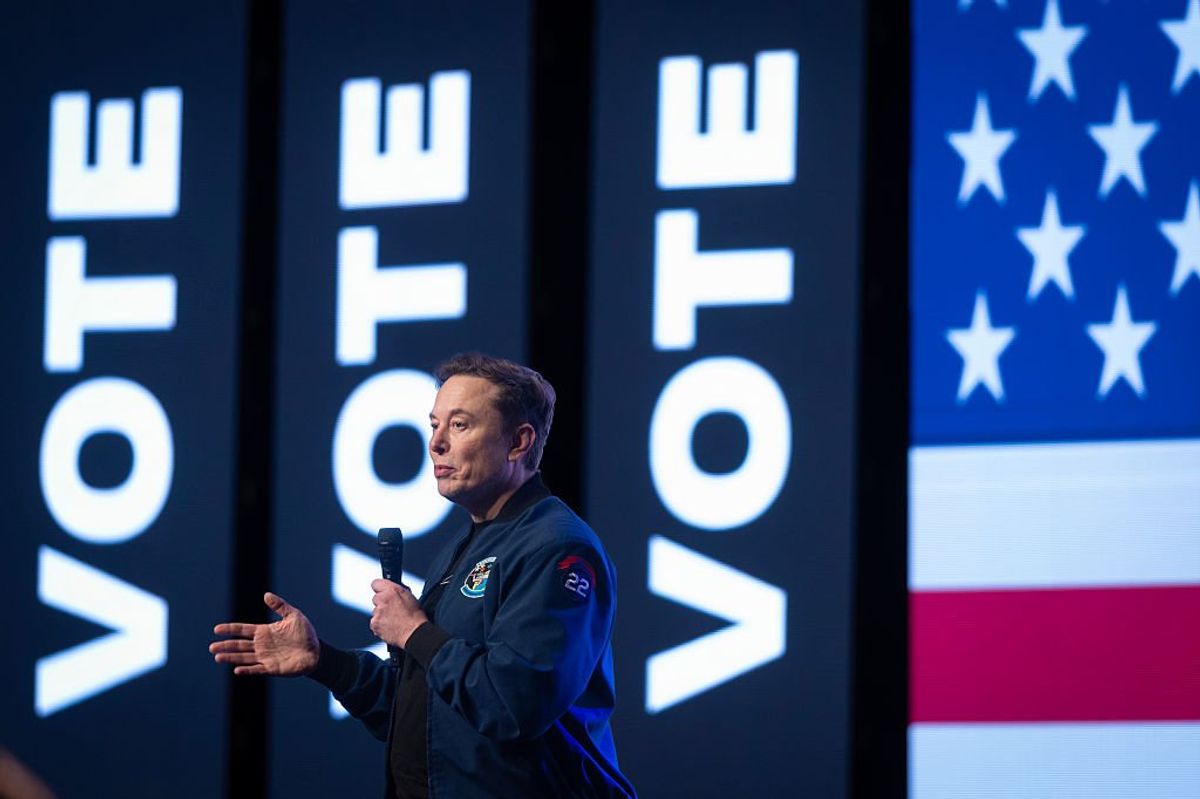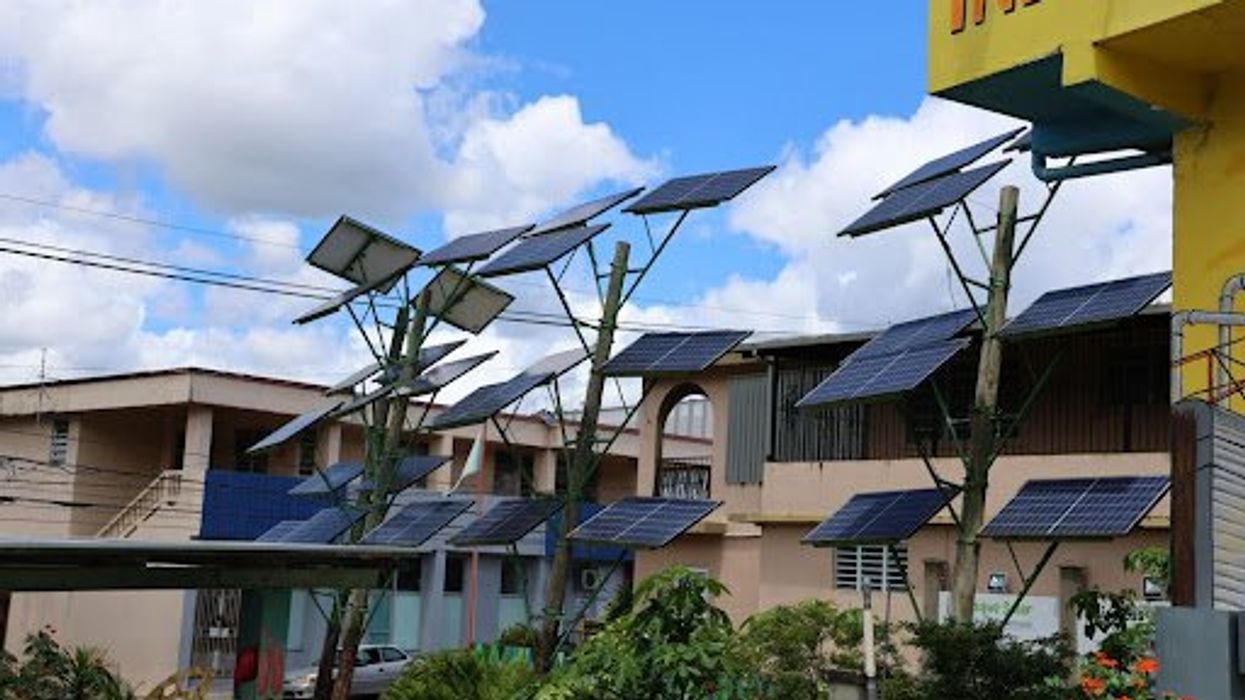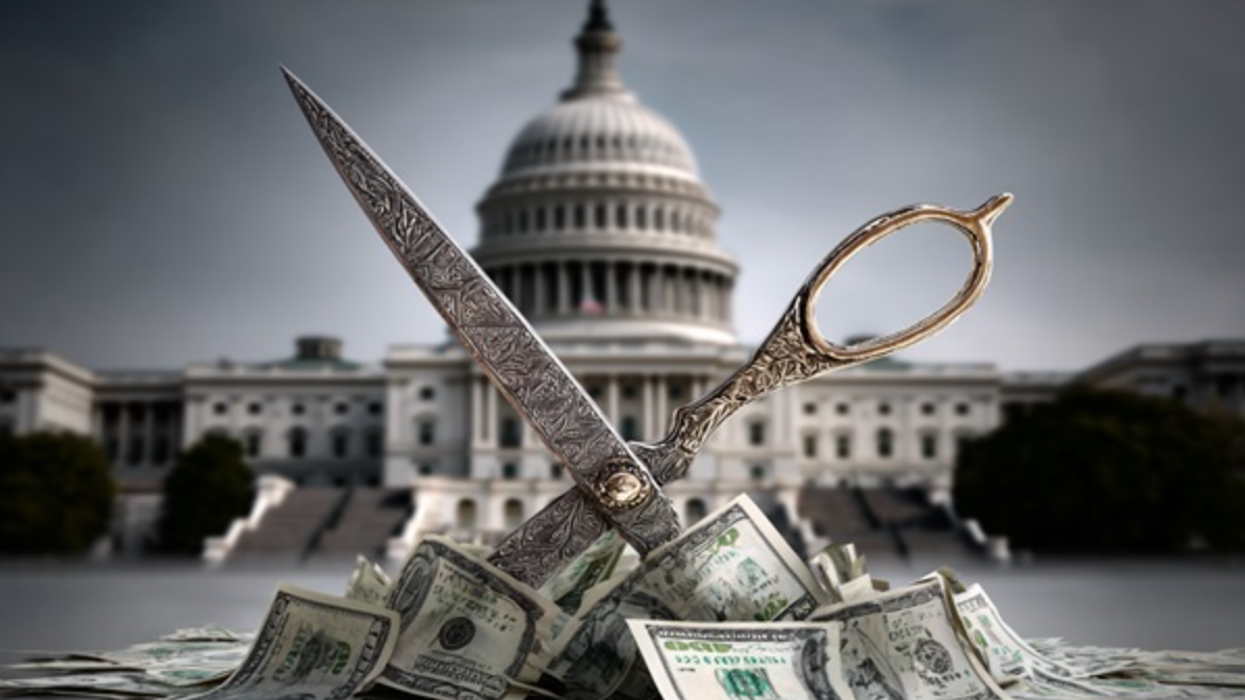Hill was policy director for the Center for Humane Technology, co-founder of FairVote and political reform director at New America. You can reach him on X @StevenHill1776.
Homeownership has long been a cornerstone of the American dream. I have 12 nieces and nephews, and as they reach young adulthood and try to establish their careers, they are daunted by the soaring cost of homeownership in a way their parents and grandparents never were.
In 1960, approximately 68 out of every 100 Americans could afford to buy a home, but now only 43 out of 100 can. The ratio of home prices to income has reached all-time highs in 78 of the nation’s 100 largest markets, with significant racial disparities.
Rents also have crept up, with the share of middle-income renters who are “cost-burdened” rising sharply from under 40 percent of households in 2010 to over 60 percent today. The lack of affordable housing also has contributed to rising homelessness.
The housing crisis is impacting every state, and neither Republicans or Democrats have managed to solve it. No matter who has been president, whether George W. Bush, Barack Obama, Donald Trump or Joe Biden, the cost of housing has continued to rise faster than people’s incomes.
What’s the cause of high housing prices? While the experts bicker, most agree on the roots of the problem:
- A housing shortage. Following the 2008 Great Recession, when housing markets collapsed, fewer homes were built in the 10 years ending in 2018 than in any decade since the 1960s, leading to a housing shortage. Among major countries, only in the United States has the housing stock grown more slowly than the population between 1995 and 2020. Dramatic increases in construction costs, including land, labor and materials, have been a factor.
- Tight regulatory restrictions in many parts of the country, much of it arising from NIMBY opposition to increasing housing density and the building of lower-income homes, with fears that such growth might lead to traffic congestion, higher crime and lower home values.
- High mortgage rates, causing homeowners to sit tight rather than selling and losing their low mortgage rate, contributing to a tight market.
- The growth of “ Zoom towns,” a pun on 19th-century boom towns that sprang up around gold and oil discoveries, but now it’s high-salaried techies working over Zoom, making the rural areas less affordable.
- Housing speculators. Iin the past few years, with mortgage rates at historic lows, housing prices climbed to new frothy highs after rebounding from the home mortgage collapse of 2008-2009, followed by the pandemic. International investors and large corporate housing companies have bid prices up.
Starting two years ago, mortgage rates doubled, which cooled the housing market, but high prices linger. Private housing developers are still building but mainly for the wealthy, while governments focus on building low-income housing. That leaves no housing pipeline to respond to the needs of middle-class working families.
Indeed, the bipartisan consensus for developing so-called affordable housing has been to rely on “market rate housing” built by for-profit developers. But market rate housing is simply not affordable to most people. That’s because the flatlining of wages for the last three decades amidst growing inequality means the average person cannot afford what the developers are willing to build. And affordable housing set-asides have been too meager to make up the difference.
So what housing policy would help? That’s a tough question. While America’s housing strategy is broken, other countries are trying an innovative solution known as “social housing.” Rather than U.S.-style public housing, which is reserved for the poor, social housing is open to a range of incomes.
In Vienna, Austria, a city of two million people, 25 percent of the housing stock is owned and managed by private — but nonprofit — housing developers. The developers receive low-interest loans and extended repayment periods (50 years), often to build on public land, which reduces construction costs. Residents pay no more than 25 percent of income for rent. Sometimes the developer is a housing co-operative or other nonprofit. I visited one social housing development built by a labor union.
Other countries such as Canada, the United Kingdom, Germany, France, Australia, Singapore, Taiwan and Uruguay also guide property markets with a public/private mix of social housing policies. Social housing recognizes that overreliance on the for-profit housing market often distorts prices, especially when housing demand is overheated like in recent years. If the proportion of social housing is high enough, it creates a parallel nonprofit market that acts as a brake on the free market forces that escalate mortgages, rents and speculation.
The U.S. in recent years has begun experimenting with social housing in places like Seattle and Montgomery County, Md. Rep. Adam Schiff (D-Calif.) has co-authored a federal bill that seeks to make unused government buildings available for efforts like social housing. Sen. Sherrod Brown (D-Ohio) has introduced legislation to fund nonprofit housing development and to convert commercial properties into affordable housing.
But the United States has a lot of catching up to do. Comedian George Carlin once said, “It’s called the American dream because you have to be asleep to believe it.” To escape the bad dream of today’s housing crisis, the U.S. badly needs new thinking, public/private innovation and long-term investment.




















